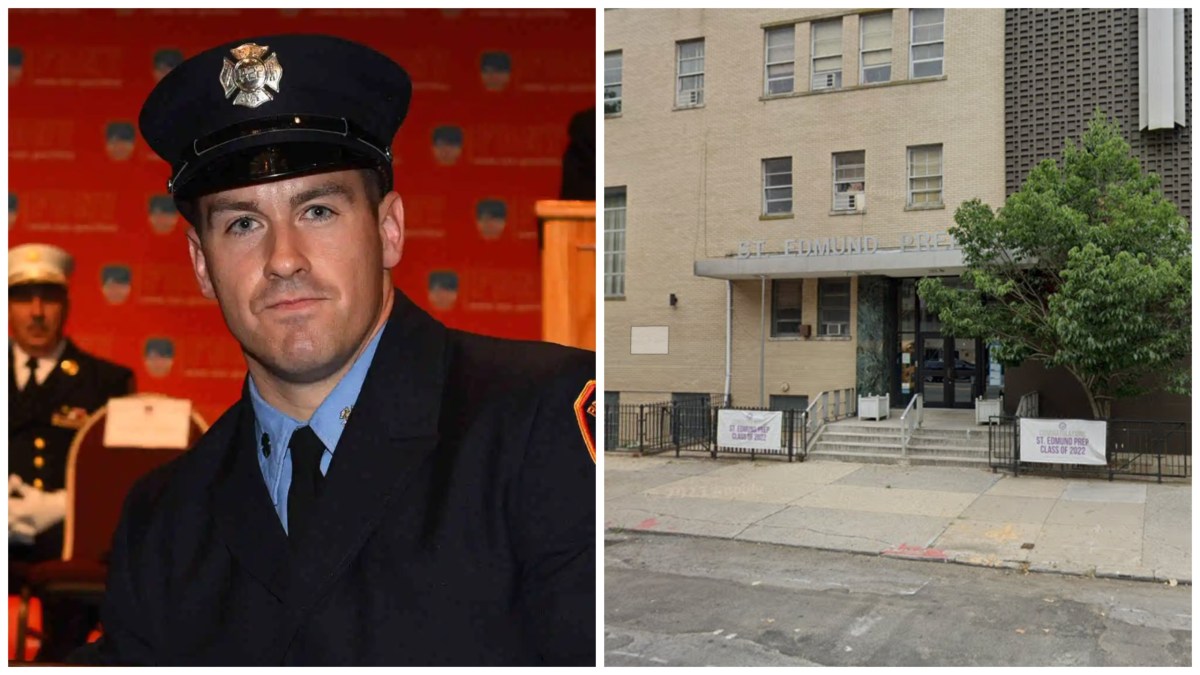White students are more likely to get into high-performing elementary schools outside their school zone than Black, Latino, and Asian students, according to a new study by the city’s Independent Budget Office.
The report, released on Nov. 30, found that while Black, Hispanic, and Asian applicants tend to be admitted to these schools at roughly the same rate that they apply, white applicants are admitted at a higher rate relative to their share of the applicant pool.
The disparity, though, isn’t a large one, said the data analyst behind the study.
“There are a lot of similarities across the groups in terms of the acceptance rates, but white students do get accepted at a marginally higher rate,” said Stephanie Kranes. “They have a small advantage.”
The IBO report examined kindergarten application data from the 2016-2017 school year to determine the efficacy of the centralized choice application system, a process introduced in 2014 that aims to eliminate admissions bias. Before the new system, elementary school principals decided which out-of-zone kindergarten applicants to accept. Now, parents can rank their top 12 elementary schools, and the city’s centralized administration determines enrollment.
In an effort to minimize racial inequalities, the current process doesn’t account for any of the student’s personal information, such as their race. The only criteria the administration views and assesses are whether the applicant lives in a school’s zone or greater school district, has a sibling at the school, or attended the school’s pre-K program.
For the most part, this new system does allow for increased choice, the study found. Students of color were more likely than white students to be admitted to their first choice, out-of-zone school — at least if that school wasn’t high-performing.
“It’s still allowing low-income families and families of color to gain an advantage in their school selection, with caveats,” Kranes said. “I think that the central choice system is enabling people to send their kids to the school they prefer.”
Getting into an out-of-zone school is difficult; only 29% of applicants to out-of-zone schools were admitted. And getting into a high-performing, out-of-zone school is even harder, since applicants within the school’s zone get top priority. High-performing schools — defined as schools that scored in the top 16% in English or math testing — accepted only around 19% of students zoned to low- or medium- performing schools, the study found.
But among those applicants, white students had a slight edge. For students in low-performing zones applying to high-performing schools, Black students accounted for 42.4% of applicants and 42.9% of the offers. Meanwhile, white students accounted for 15% of the applicants and nearly 22 percent of the offers.
White applicants from medium-zoned schools had a similar advantage. There, Black students accounted for nearly 18% of the applicants and 11% of the offers to out-of-zone, high-performing schools, while white students made up over 32% of the applicants and 42% of the offers.
Since administrators cannot view an applicant’s race, it’s possible that out-of-zone white students are more likely than other demographics to meet the priorities for enrollment — perhaps they live in the school’s greater district or attended its pre-K. But without follow-up studies, it’s impossible to know, Kranes said.
Still, the system seems to be working for most parents of incoming kindergarteners. Most applicants apply to their in-zone school, and in total, about 70% of applicants get into their first choice school.
“The central choice process seems to optimize families’ chances of acceptance into their preferred school,” Kranes said.


















